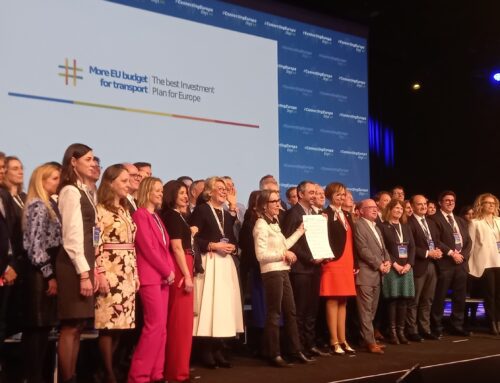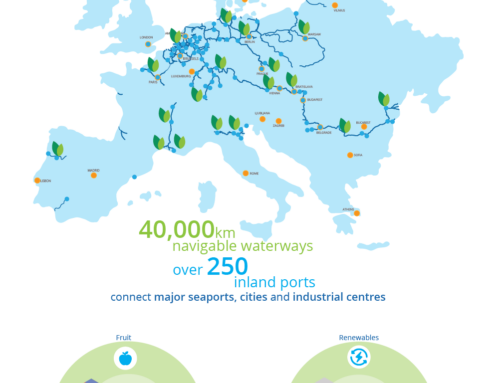Inland vessels frequently have little maneuvering space. For skippers, opening and closing locks, for instance, requires accuracy. A technology to help skippers has now been created by researchers at the German Aerospace Center (Deutsches Zentrum für Luft- und Raumfahrt; DLR) in collaboration with business partners. It consists of a satellite-based navigation aid system that can steer the ship into the lock on its own. The MS Victor Hugo’s trials in the vicinity of Strasburg, France, demonstrated that the system is reliable even in challenging circumstances.
Safely guiding inland waterway vessels
The SCIPPER project by DLR recognizes the increasing significance of inland waterway vessels. Since they are more inexpensive than vehicles and, in addition to rail, more environmentally benign, they can reduce the strain on the road network. 90 of them are replaced with one contemporary inland waterway vessel. Currently, inland waterway vessels are mostly utilized to move commodities like coal and ore. They frequently transport bulky, huge items as well, such generators or other large pieces of machinery. Larger vessels that are more challenging to manoeuvre in constrained inland waters are a result of the transportation of bulk cargo.
An automatic lock entrance aid system, or sort of a parking helper for inland vessels, has been created by SCIPPER. It makes it easier for ship personnel to drive their vehicles into and out of a lock or other narrow canal securely. This is crucial since inland vessels are incredibly slow and frequently challenging to steer. Most are up to 11 meters wide and 140 meters long. Due to the fact that the navigation channel is always significantly narrower than the entire river, even enormous rivers like the Rhine or Elbe do not provide much room for maneuvering.
You can read the full article on Innovation Origins






